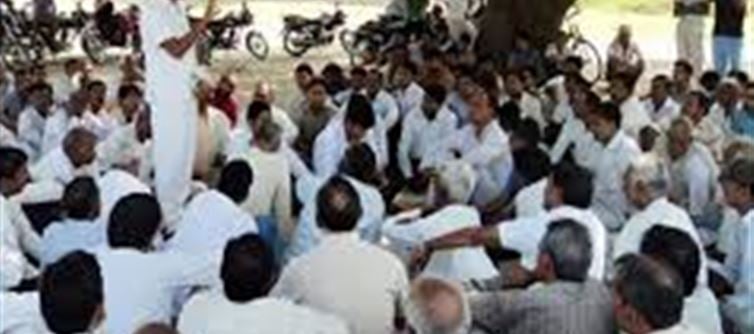
The Panchayati Raj system, rooted in the 73rd Constitutional Amendment of 1992, is India’s blueprint for grassroots democracy, empowering over 250,000 villages to govern themselves. At its core are elected leaders—Sarpanch, Mukhiya, and Pradhan—regional titles for the head of the Gram Panchayat, the village council. These leaders are the pulse of rural governance, driving development, resolving disputes, and bridging communities with government schemes. With nearly 46% of panchayati Raj Institution (PRI) seats held by women, their roles are pivotal in shaping inclusive villages. Here’s a breakdown of their responsibilities in 10 catchy, easy-to-digest points.
1. The village Visionary: Leading the Gram Panchayat
The Sarpanch (used in rajasthan, Maharashtra, Gujarat, etc.), Mukhiya (Bihar), or Pradhan (Uttar Pradesh, Haryana, West Bengal) is the elected head of the Gram Panchayat. They chair meetings, set agendas, and rally the community to turn the Gram Sabha’s (village assembly) decisions into action, ensuring local voices shape governance.
2. election Edge: Chosen by the People
Elected every 5 years by Gram Sabha members (village voters), these leaders must be over 21 and local residents. Reservations ensure at least one-third (up to 50% in states like Bihar) seats for women, plus quotas for SC/ST communities, fostering diversity in leadership.
3. Meeting Maestro: Convening Community Discussions
They’re tasked with calling at least one Gram panchayat meeting monthly, ensuring a quorum and recording decisions. These sessions tackle everything from budgets to local issues, making them the heartbeat of village democracy.
4. Development Dynamo: Driving Rural Progress
From building roads to installing water pumps, they lead projects under schemes like Swachh Bharat (sanitation), MGNREGA (employment), and rural housing. Their role is to identify needs, plan projects, and ensure villages thrive as “Viksit Grams” (developed villages).
5. Money Manager: Handling panchayat Finances
They prepare annual budgets, approve expenditures, and oversee funds from central/state schemes. In bihar, the Mukhiya has extra financial clout, while Sarpanchs and Pradhans ensure transparent allocation for projects like schools or health centers.
6. Peacekeeper: Resolving village Disputes
Acting as informal judges, they settle minor conflicts—think land disagreements or neighbor spats—through community hearings. While serious crimes go to police, their mediation promotes harmony under state panchayat Acts.
7. Scheme Superhero: Connecting Villagers to Benefits
As the link between government and locals, they identify beneficiaries for subsidies, pensions, or infrastructure projects. Whether it’s toilets under Swachh Bharat or wallet PLATFORM' target='_blank' title='digital-Latest Updates, Photos, Videos are a click away, CLICK NOW'>digital literacy drives, they ensure schemes reach the ground.
8. Record Ruler: Keeping Governance Transparent
They maintain records of meetings, resolutions, and village assets, submitting progress reports to block (Panchayat Samiti) or district (Zila Parishad) levels. Tools like the Panchayat Nirnay Portal now digitize these efforts for accountability.
9. Regional Flavors: Sarpanch, Mukhiya, or Pradhan?
While roles are 90% similar, regional tweaks exist. Mukhiyas in bihar emphasize financial oversight, Pradhans in UP focus on administrative coordination, and Sarpanchs in arid rajasthan tackle water conservation. State-specific Acts shape these nuances, but the 73rd Amendment unifies their purpose.
10. Challenges and Change: Empowering the Future
Despite progress, issues like “Sarpanch Pati” (husbands proxying for women leaders) persist—77% of women report execution hurdles. Reforms like training, anti-proxy awards, and e-governance (e.g., eGramSwaraj) are empowering true leadership, especially for women.
Disclaimer:
The views and opinions expressed in this article are those of the author and do not necessarily reflect the official policy or position of any agency, organization, employer, or company. All information provided is for general informational purposes only. While every effort has been made to ensure accuracy, we make no representations or warranties of any kind, express or implied, about the completeness, reliability, or suitability of the information contained herein. Readers are advised to verify facts and seek professional advice where necessary. Any reliance placed on such information is strictly at the reader’s own risk.
.jpg)




 click and follow Indiaherald WhatsApp channel
click and follow Indiaherald WhatsApp channel